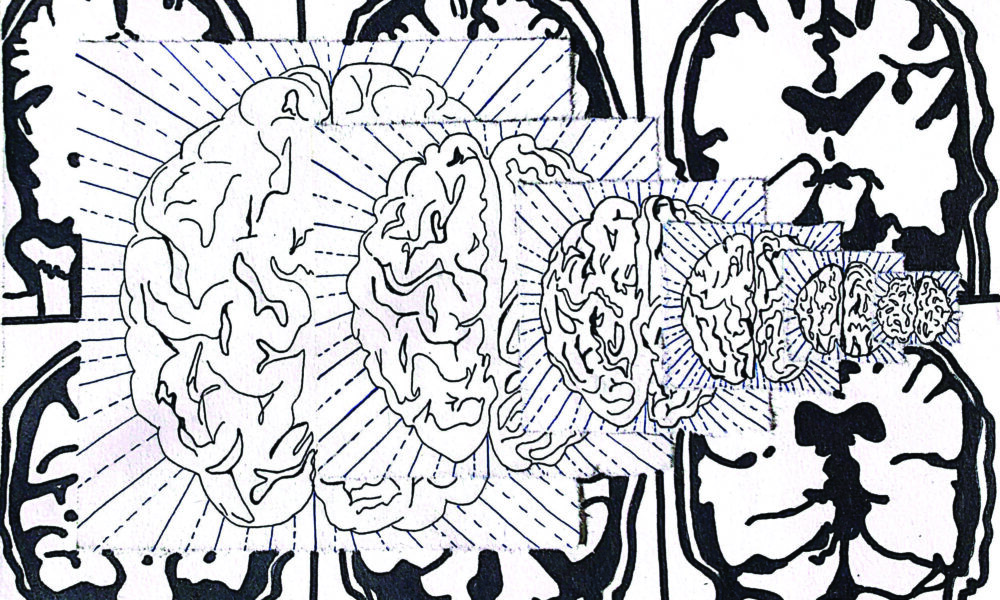Aging is one of the few truly universal experiences, yet it is one of those things that no one really looks forward to. Along with visible signs like wrinkles and grey hair, however, comes a more insidious and harder-to-combat symptom: The decline of brain function. But according to a new study from a team of McGill researchers, the link between aging and cognitive decline may not be as clear-cut as previously believed.
Jamie Snytte, a third-year PhD student in clinical psychology at McGill, supervised by Dr. Natasha Rajah and Dr. Signy Sheldon, along with other colleagues, published a study centred around memory and its relation to brain volume. Snytte collected memory data from 125 adults by having them perform memory tasks—like showing a face on a screen and having the participants attempt to recall where the face was shown.
Those who performed worse on these tasks were mostly shown to have a lower volume of brain matter in their hippocampus. The volume of the hippocampus is directly related to brain function and one of its main roles is to consolidate information from short-term to long-term memory. A decrease in hippocampal volume has been associated with decreased memory function in older adults.
Snytte and his team measured the subjects’ performances on memory tasks, then measured the volume of the participants’ hippocampi and calculated the differences between participants. The researchers found that the hippocampi of participants who had trouble remembering details were smaller. The grey matter volume was lower in these participants, meaning that their hippocampi were just smaller than those of higher-scoring participants.
Contrary to popular belief, this study suggests that old age is not in and of itself the cause of decreased cognition. Rather, it is the breaking down and atrophying of memory-related structures in the brain that lead to the decline. Not everyone will experience memory loss at the same time or to the same degree of severity.
In an interview with The McGill Tribune, Snytte explained that atrophy in the brain is a normal part of aging.
“In healthy aging, there are lots of brain structures that tend to change, that tend to atrophy,” Snytte said.
According to Snytte, this atrophy can be measured in three main ways.
“You’d look at the size [of the brain]—the amount of neurons or brain cells within a certain structure and how that changes,” said Snytte. “You can look at changes in brain function—so how much does a certain brain area activate, how much blood does it require to complete a certain task. And you can also look at white matter tracts, [which] are paths that connect different brain areas.”
Although the prospect of cognitive decline may seem like a dreary fate, Snytte’s team found something else in their studies: Other parts of the brain were able to step in and take over to make up for the decreased function in the hippocampus.
“You can see stories of patients who are missing a big chunk of their brain, but their cognition is totally preserved,” Snytte explained. “They can do this by activating other brain regions, and this is usually called compensation.”
Pinpointing areas of brain degeneration is an important step in finding successful treatments for degenerative cognitive diseases. It is also a fascinating look into the complex nature of our brains. Our brain has a backup generator of sorts, preventing the worst effects of the cognitive decline that come with aging, pushing us onwards with quite literally fewer brains, but just as much ability.









